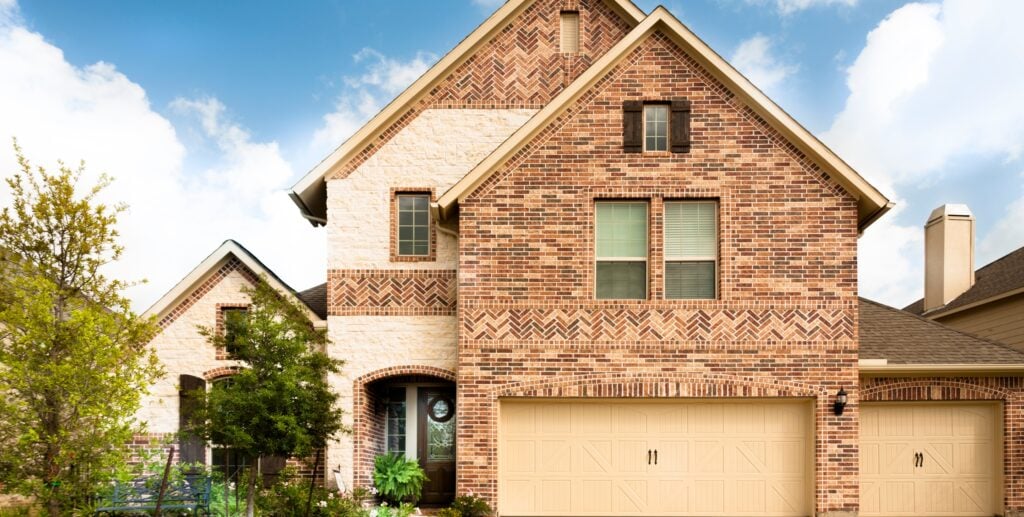Unlocking the 1031 Exchange: Transforming Your Primary Residence
In the world of real estate investment, savvy investors continuously seek strategies to maximize their returns while minimizing tax liabilities. One such powerful tool is the 1031 exchange. Traditionally associated with investment or business properties, the potential of the 1031 exchange to transform primary residences into valuable assets is often overlooked. Here, we explore how understanding this dynamic process can unlock new opportunities for homeowners.
Understanding the Basics of a 1031 Exchange
A 1031 exchange, derived from Section 1031 of the Internal Revenue Code, enables investors to defer capital gains taxes on the sale of a property by reinvesting the proceeds into a “like-kind” property. These exchanges are key to maintaining liquidity and leverage in a real estate portfolio without the immediate burden of hefty tax bills.
Challenges with Primary Residences
Primary residences have traditionally been excluded from the benefits of a 1031 exchange. The family home does not technically qualify as investment property. However, with strategic planning and a nuanced understanding of tax laws, property owners can potentially pivot their primary residence into an investment property, thus opening the door to the benefits of a 1031 exchange.
Transforming Your Home into an Investment Property
1. Conversion of Use
One of the prerequisites for a successful 1031 exchange involving a primary residence is converting the residence into an investment property. This conversion must be genuine and can take time, typically necessitating the homeowner to rent out the property. During this process, the property must be used for income-producing purposes, with a general guideline suggesting a rental period of at least two years, although this can vary based on specific IRS rulings and individual circumstances.
2. Navigating Dual Benefits
Homeowners can utilize the Section 121 exclusion in conjunction with a 1031 exchange, often referred to as the “Primary Residence Exclusion.” This can allow qualifying homeowners to exclude up to $250,000 ($500,000 for married couples) of capital gains from taxes. By strategically occupying the property for at least two of the five years prior to the sale, homeowners can combine these benefits by initially excluding a portion of the gain under Section 121 and deferring the rest using a 1031 exchange after converting the property into a rental.
3. Long-Term Investment Strategy
Once the primary residence has been successfully exchanged, the replacement investment property can embody various forms—a single-family rental home, a commercial property, or even multifamily units. The flexibility provided by a 1031 exchange supports long-term financial goals, such as building a diverse real estate portfolio or focusing on specific types of investments that align with financial aspirations and risk tolerance.
Key Considerations and Potential Pitfalls
Rigorous Documentation
Converting a primary residence to an investment property requires thorough documentation. File all rental agreements, maintenance records, and necessary tax forms to substantiate the property’s new designation as an income-generating asset.
Professional Guidance
Navigating the complexities of tax codes and real estate regulations requires expertise. Engaging with tax professionals and real estate attorneys familiar with 1031 exchanges is crucial to ensure compliance and maximize financial outcomes.
Market Dynamics
The timing of conversions and exchanges should align with market conditions. Understanding local real estate trends and forecasting possible shifts will aid in making well-informed decisions that capitalize on favorable circumstances.
Conclusion
While the traditional application of a 1031 exchange primarily surrounds investment properties, transforming a primary residence into a rental property opens a new frontier for homeowners seeking to maximize financial growth. By adhering to IRS guidelines and carefully planning each step, property owners can leverage the dual power of primary residence exclusions and 1031 exchanges to build substantial wealth within the realm of real estate.
This transformation not only offers immediate tax deferral benefits but also establishes a sustainable foundation for long-lasting investment success. Whether you’re contemplating such a transformation or are on the fence, the realm of possibilities tied to a 1031 exchange could well be the next chapter in your real estate investment journey.

